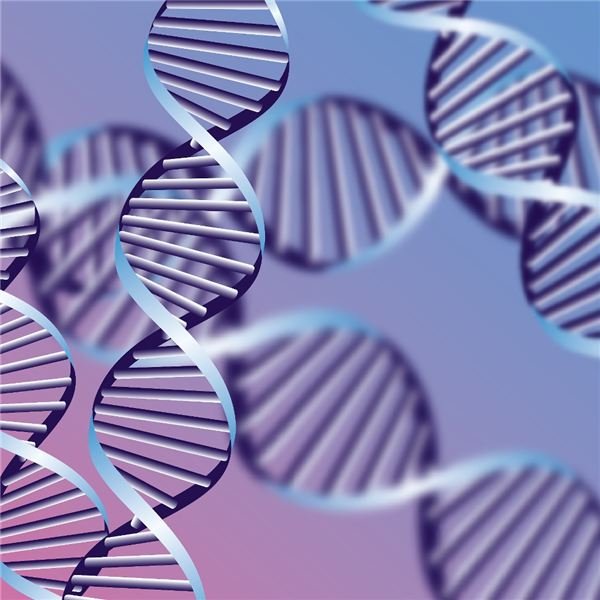A Brief Intro to the Causes of Gene & Chromosome Mutations, Both Spontaneous and Induced
What Is a Mutation?
DNA is a highly stable molecule that replicates with an amazing accuracy. Despite this, changes in DNA structure and errors of replication do occur. A mutation is defined as an inherited change in genetic information; the descendants may be cells produced by cell division or individual organisms produced by reproduction.
Mutations can be both beneficial and detrimental. On the one hand, they are the source of all genetic variation, the raw material of evolution. Without mutations and the variation they generate, organisms could not adapt to a changing environment and risk extinction. On the other hand, most mutations have detrimental effects, and mutation is the source of many human diseases and disorders.
Spontaneous Mutations
Now, what are the causes of mutations to genes and chromosomes? Mutations can be the result of both internal and external factors. Those that are a consequence of natural changes in DNA structure, are termed spontaneous mutations, whereas those that result from changes caused by environmental chemicals or radiation, are known as induced mutations. Let’s look at these a little closer:
**Spontaneous Replication Errors
**
DNA replication is impressively accurate, fewer than one in a billion errors are made in the course of DNA synthesis. However, spontaneous replication errors do occasionally occur. Mutations can occur through ‘wobble’, in which non-complementary bases can pair because of the flexibility of the DNA helix. When a mismatched base has been incorporated into a newly synthesized nucleotide chain, an incorporated error is said to have occurred.
Mutations due to small insertions and deletions also may arise spontaneously in replication and crossing over. During normal crossing over, the homologous sequences of the two DNA molecules align, and crossing over produces no net change in the number of nucleotides in either molecule. Misaligned pairing may cause unequal crossing over, which results in one DNA molecule with an insertion and the other with a deletion.
Spontaneous Chemical Changes
In addition to spontaneous mutations that arise in replication, mutations can also result from spontaneous chemical changes in DNA. One such change is called depurination, the loss of a purine base from a nucleotide. This happens when the covalent bond connecting the purine to the carbon atom of the deoxyribose sugar breaks, producing an apurinic site.
Another spontaneous chemical change that can occur, is deamination, the loss of an amino group (NH2) from a base. This may occur spontaneously, but can also be induced by mutagenic chemicals.
Induced Mutations
Chemically Induced Mutations
Although many mutations arise spontaneously, a number of environmental agents are capable of damaging DNA. Any environmental agent that significantly increases the rate of mutation above the spontaneous rate is called a mutagen. There are several classes of chemical mutagens:
- Intercalating agents: Several chemicals are about the same size as a nucleotide and produce mutations by sandwiching themselves between adjacent bases, distorting the three-dimensional structure of the helix.
- Oxidative reactions: Reactive forms of oxygen are produced in the course of normal aerobic metabolism. These can damage DNA by bringing about chemical changes.
- Hydroxylamine: Mutagen that adds a hydroxyl group to cytosine, converting it into hydroxylaminocytosine.
- Deamination: In addition to its spontaneous occurrence, it can also be induced by some chemicals.
- Alkylating agents: chemicals that donate alkyl groups to nucleotide bases.
- Base analogs: chemicals with structures similar to that of any of the four standard bases of DNA. If any of these analogs is present during replication, they may be incorporated into newly synthesized DNA molecules.
Radiation
The last possible cause of gene and chromosome mutations is radiation. The high energies of X-rays, gamma rays and cosmic rays can penetrate tissue and damage DNA. These types of ionizing radiation dislodge electrons from the atoms they encounter, changing stable molecules in reactive ions. Ultraviolet light is less energetic and does not dislodge electrons, but is still highly mutagenic. Pyrimidine bases that absorb UV light, form covalent bonds on the same strand of DNA, distorting the configuration.
References
- Pierce, B.A. (2007) Genetics: a conceptual approach. WH Freeman & Co
- Smith, J.M. (1998). Evolutionary Genetics. Butler & Tanner Ltd.
